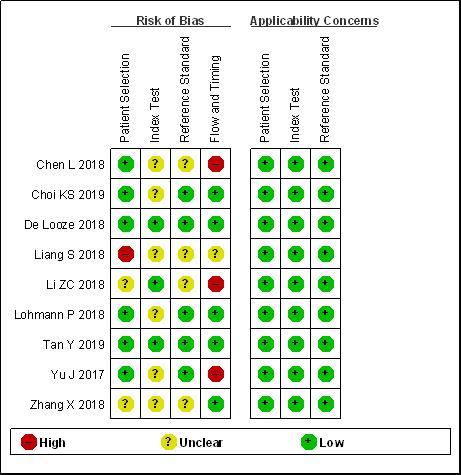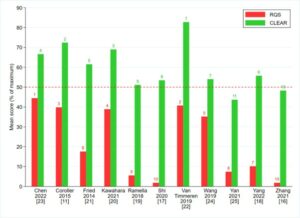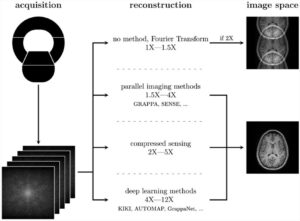The goal of this study was to assess the diagnostic accuracy of machine learning in the prediction of isocitrate dehydrogenase (IDH) mutations, particularly in patients with glioma, as well as to identify potential covariates that may have an influence on the diagnostic performance of machine learning. The authors were able to show that machine learning demonstrated excellent diagnostic performance in the prediction of IDH mutation of glioma.
Key points
- Machine learning demonstrated an excellent diagnostic performance for prediction of IDH mutation in glioma (the pooled sensitivity and specificity were 88% and 87%, respectively).
- Machine learning that used conventional MRI sequences demonstrated higher specificity in predicting IDH mutation than that based on conventional and advanced MRI sequences (89% vs. 85%).
- Integration of clinical and imaging features in machine learning yielded a higher sensitivity (90% vs. 83%) and specificity (90% vs. 82%) than that achieved by using imaging features alone.
Authors: Jing Zhao, Yingqian Huang, Yukun Song, Dingxiang Xie, Manshi Hu, Haishan Qiu & Jianping Chu













